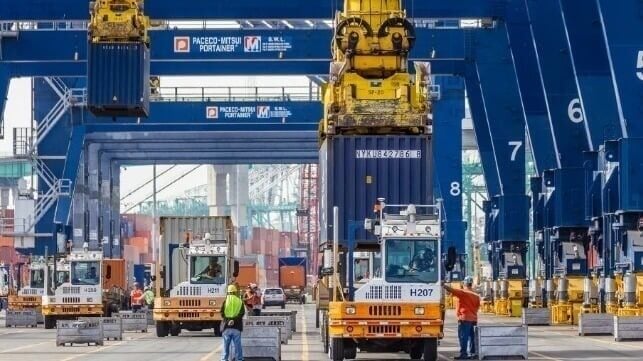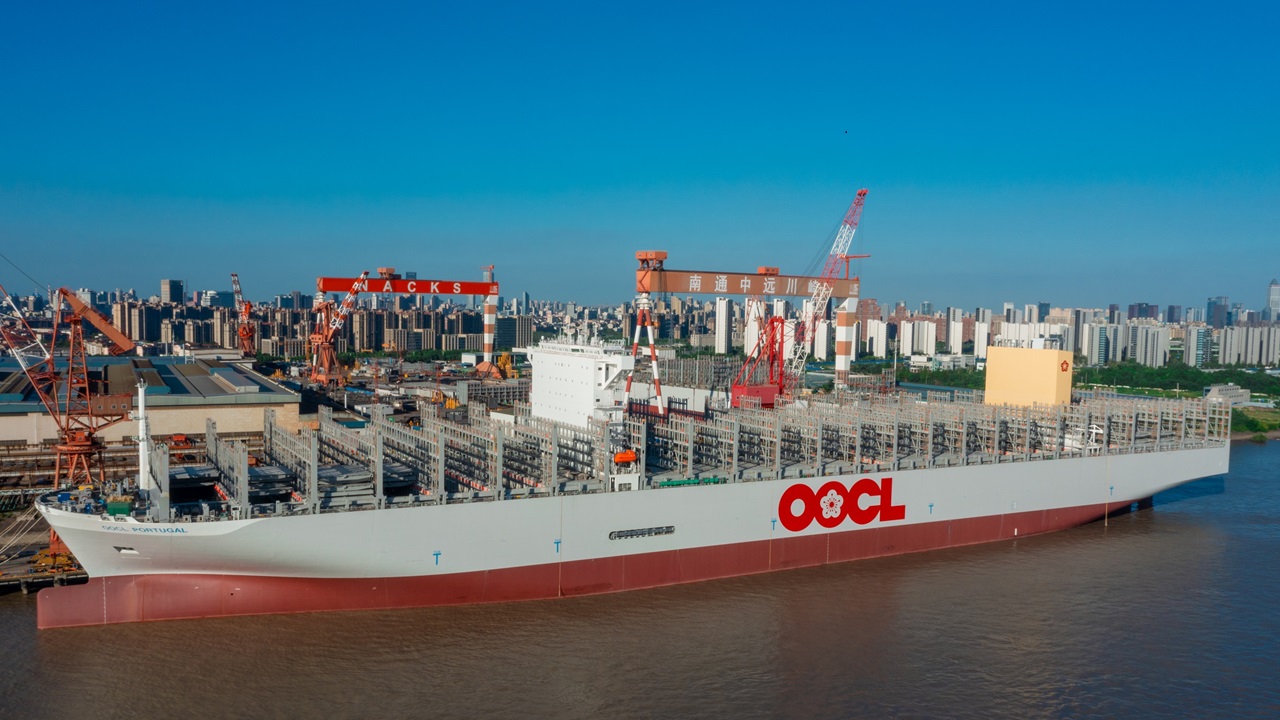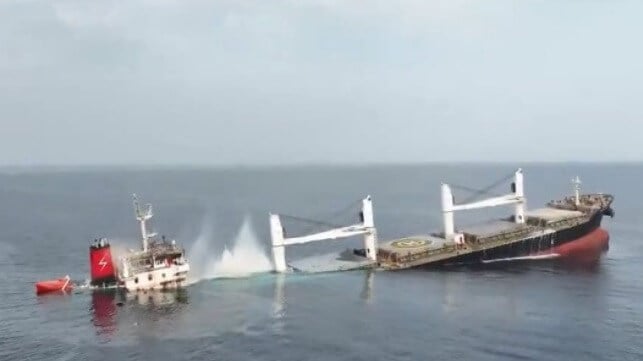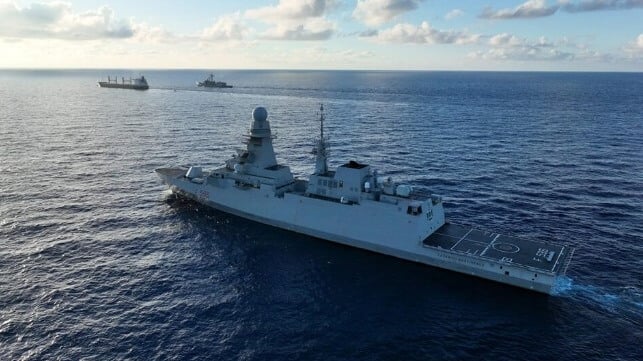NEWBUILDING MARKET OUTLOOK FOR H2 2025
Container ships drive newbuilding orders in the first half of the year, but how much impact have USTR investigations had on Chinese shipbuilding?
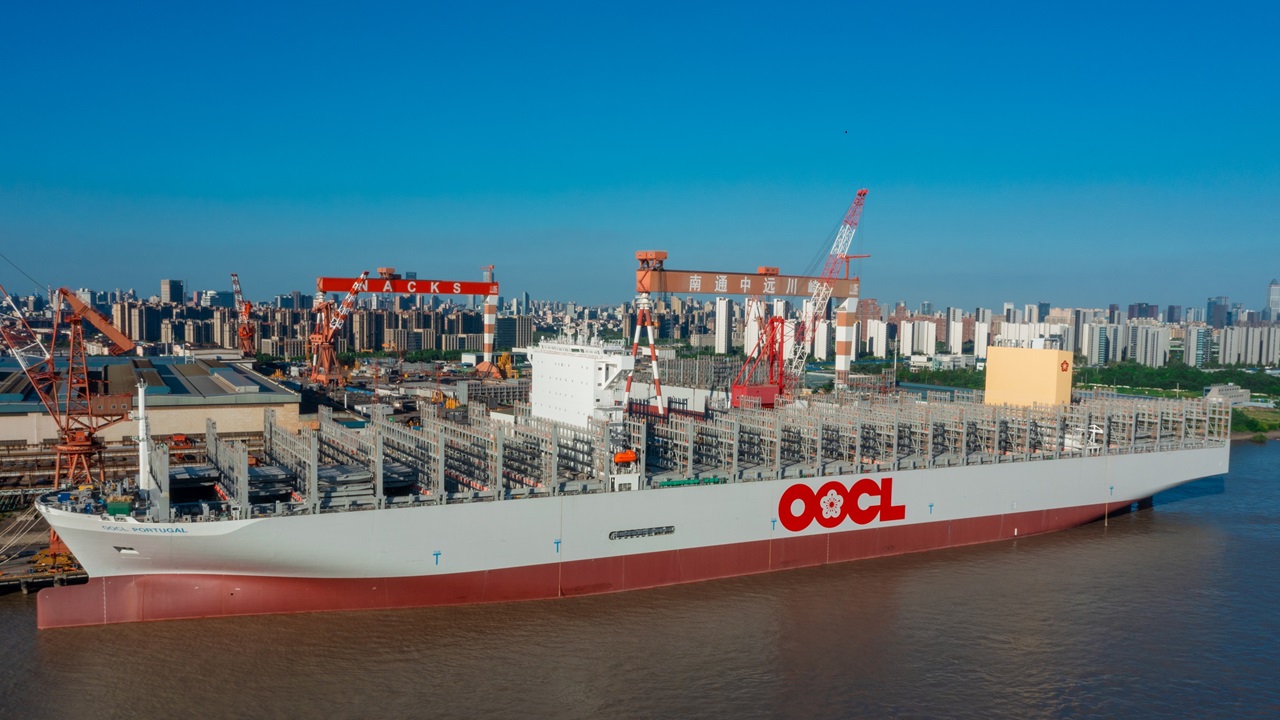
In a five-part series mid-year we take stock of shipping markets in the first six months of the year and look ahead to the remainder of the 2025 with experts Maritime Strategies International (MSI).
In this final part of the series the Seatrade Maritime Podcast talks with Adam Kent, Managing Director of MSI, about the performance and outlook for the shipbuilding market.
Newbuilding ordering in H1
Describing newbuild contracting in the first half of the year Kent says it has been “the same but different”. Container ships ordering continued at the same high level as recent years and represented around half of all orders placed. It was a different picture for other major cargo sectors with tanker contracting around down by about two-thirds and dry bulk and gas carriers seeing an 80% drop in ordering.
“So there has been huge drop off in contracting volumes so far this year. I think that obviously the geopolitical turmoil is causing some owners to sit on their hands and wait to see what actually happens. And we've seen a softening in a large number of the shipping sectors and an easing off of the new building price, which I think that's also causing owners to so sit back and take stock rather than ordering new ships,” he explains.
Decarbonisation is making its mark in the container ship and cruise sectors and around 50% of vessels ordered in the first half of the year were dual-fuel
Impact of USTR investigation into Chinese shipbuilding
“MSI has seen a sharp drop in ordering at Chinese yards accounting for around of third of all new orders in the first half of 2025 compared to 70% a year earlier.
“That’s a big drop in sort of orders heading to China. Now some of that may have been driven by the USTR, but I think also we have to focus on where the orders have come from,” Kent says.
As noted above there has been a sharp drop in dry bulk carrier newbuilding orders a sector where China is predominant. “I think some of the statistics are being driven by just the lack of ordering within specific sectors as much as the USTR.”
The original USTR plans tabled earlier this year have been significantly scaled back following consultation with industry and now is much more focused on Chinese owned and operated vessels, rather than any owner operating a Chinese-built ship.
Are the USTR regulations good news for Japanese and Korean yards?
“Without a shadow of a doubt it is going to be good news for both the Korean and the Japanese yards,” Kent says. Chinese built vessel have traditionally offered lower prices than Japanese and Korean yards. However, an owner that is looking to order at a Chinese yard even if they themselves do not plan to trade it into the US may look at the impact on resale values and not want to buy a ship that comes with an economic disadvantage.
“I think the Korean and the Chinese yards will pick up some of the pieces for those owners that want to keep options open, either it trading into the US or for when they ultimately come on to sell their vessels to the wider market.”
The Japanese and Korean shipyards are also in the position to take advantage of shipbuilding directives that have come from the governments in the US and India. South Korea’s Hanwha has already invested in Philly shipyard in the US and HD Hyundai has signed a joint venture with Cochin Shipyard in India. “I think increasingly if places like the US and India are really going to succeed in shipbuilding, the easiest way for them to do it is to form JVs or joint ownership with yards that have originally emanated out of Korea and Japan,” Kent says.
Newbuilding contracting in the remainder of 2025
MSI expects the second half of the year to be similar to the first around 60 million gt of new vessels ordered in total. Container ships will account for the lion’s share of orders with dry bulk, tankers and gas carriers numbers remaining depressed.
“We're currently forecasting contracting to drop a little bit further next year into 2026,” Kent says. Container ship order is expected to soften, however, given its unexpected, continued run over the last few years, but he also comments “you can never say never when it comes to containers”.


